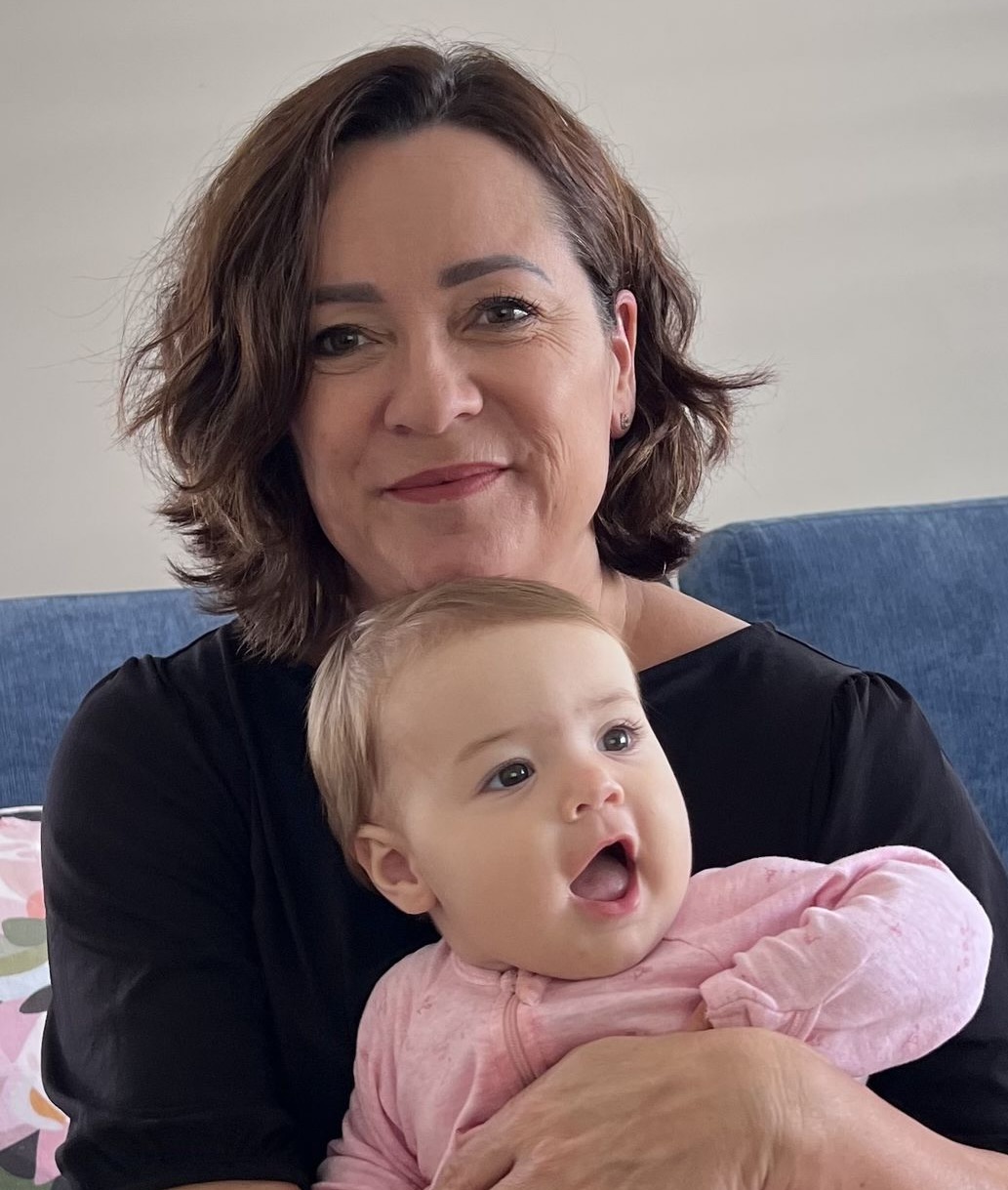What are pop-outs?
Pop-outs are a gentle way to teach a child that he is capable of going to sleep on his own, at bedtime. It can particularly help when a child is going through a period of separation anxiety or when transitioning from sleeping with a parent to his own bed. The idea is that the parent sits with their child for a while, while he’s getting ready to fall asleep. The parent then ‘pops-out’ of the room for a short time before returning, and then continues to sit in the room while the child is falling asleep. This gives the child an opportunity to fall asleep independently. The child feels safe and can trust that his parents are never far away.
How to do it.
After your bedtime routine, sit beside your child’s bed or in a corner of the room on a chair (don’t lie on the bed) and tell your child, “I can sit here for a little while, if you like, while you go off to sleep. Now, take a deep breath, close your eyes and rest your body”. Then, you would model what you want your child to do by relaxing and closing your own eyes. Don’t tell your child to ‘go to sleep’ as this is an abstract idea that can cause feelings of anxiety. After a few minutes, quietly tell your child, “I’m just going to get a drink of water. I’ll be back in a second.” Pop out quickly, then return quietly, sit back on the chair for a few minutes and close your eyes again. Start with a very short time period, like thirty seconds, and gradually increase the time you are out of the room at each pop-out. You are giving your child more and more time and opportunity to fall asleep independently.
Think about what you’ll say in advance.
Repeat your pop-outs using a different ‘reason’ each time. For example, “I need to go to the toilet, I’ll be back in a second” or, “I’m just going to pop out to put the washing on and I’ll be back in a minute”. Make your reasons short tasks that are believable. You wouldn’t say, for example, “I’m going to pop out for a bit to clean the bathroom”. Note that the only time you should talk to your child is when you tell your child you are popping out. It’s important not to engage with your child at any other time. Some children might try and ‘stall’ sleep time by requesting ‘just one more drink’ or, ‘one more cuddle’. In this situation, you would stay calm, keep your eyes closed and stay silent, except for the pop-out talk. Do not mention ‘the baby’ if there’s a new baby on the scene, as this can cause feelings of jealousy which will work against you.
If your child gets out of bed.
If your child doesn’t stay in bed, you would calmly take him back to bed and on the way back, briefly state your expectations and consequences for not staying in bed. You can say, “I expect you to stay in your bed if I need to pop out. If you get out of bed, I will continue to silently return you to bed and I may not be able to keep sitting with you”. Use positive praise when your child does stay in bed and say, “thank you for staying in bed while I popped out for a minute”. It is best to leave the positive talk until morning, rather than say too much at bedtime, so as not to overstimulate your child and inadvertently keep him awake.
When your child falls asleep.
Your child might take a long time to fall asleep on night one but more quickly on subsequent nights, as his confidence increases. Your child might fall asleep whilst you are sitting in the room, in which case, you would wait for a few minutes to make sure he is fully asleep and then leave quietly. Or, you might find that when you return after you’ve popped out, your child has fallen asleep whilst you were out of the room. This is perfect, it’s what you want. It means your child was feeling okay with you not being in the room as he went off to sleep. If this happens, it’s always a good idea to reassure your child in the morning that you came back to sit with him but you saw he was asleep, so you kissed him and went off to bed yourself. This will help your child to trust you will do as you say.
When pop outs don’t work.
It’s important to realise that this is just one simple strategy that will work for some children but not for others, depending on the child’s temperament, amongst other things. Also, it can work well at bedtime but it’s not so effective in the middle of the night. If you are struggling to teach your child to stay in bed and sleep on their own, especially overnight or early in the morning, you might need a more ‘in depth’ plan and support. If this is you, don’t hesitate to get in touch with Tori, by clicking the link BELOW.
CLICK HERE


